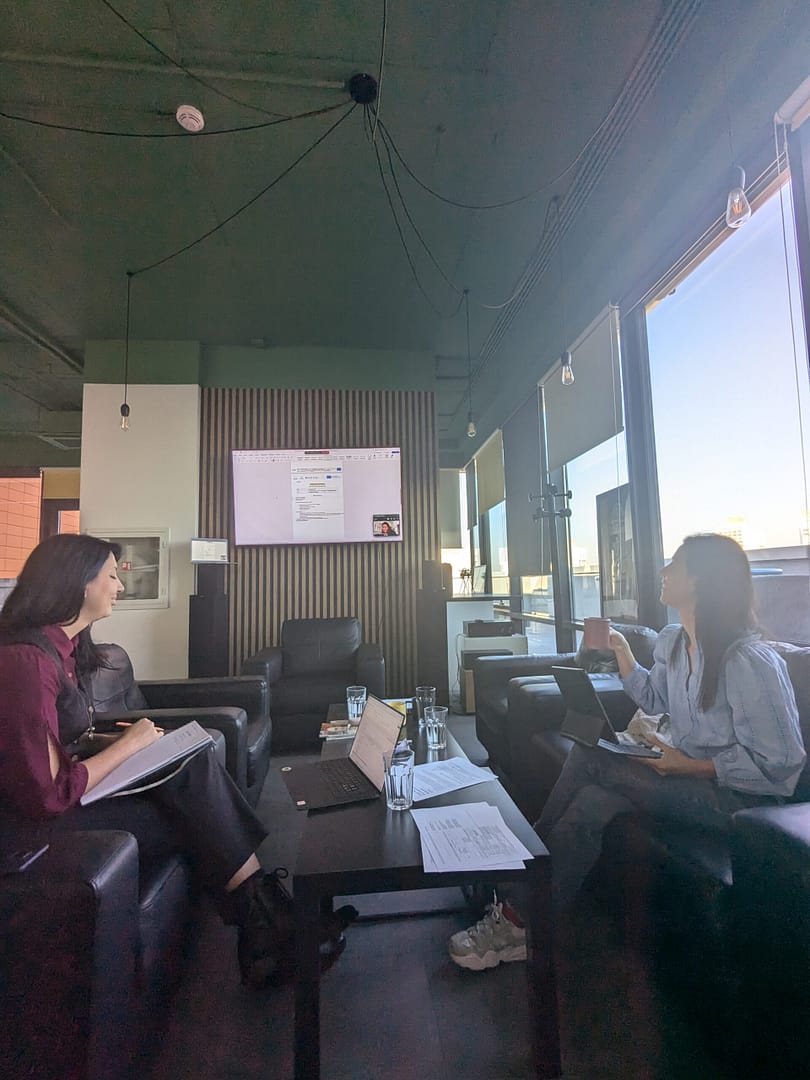Learning Outcomes:
Acquiring knowledge about EU Youth Policies and the EU Youth Strategy and competences on how to transfer it to other learners
Understanding and explaining to others the EU Youth Policies and the EU Youth Strategy
Duration:
60 minutes (part 1) + 120 minutes (part 2)
Materials needed:
- Laptop
- projector
- paper
- pens
- posters/flipchart
Preparation
The trainer(s) should prepare themselves on the topic of the session and they should prepare a PPT presentation to engage participants and discuss with them.
Description
Part 1
The trainer(s) will present the EU Youth Portal to participants, showing the main features and contents and introducing the concept of Youth Policies.
After an overview of the portal, the trainer(s) will ask participants to brainstorm the definition of “youth policies”, which they will note on a flipchart (or similar tool).
The trainer(s) should guide participants’ brainstorming without giving them the complete / correct definition.
The brainstorming should lead to a common understanding that
Youth policy refers to a set of measures, programs and strategies undertaken to meet the needs and interests of young people in society.
The aim of youth policy is to create a favourable environment for the development of young people, to meet their needs, to strengthen their personal and professional capacities and to involve them in various aspects of society. It can include areas such as: education, employment, healthcare, culture, sports, participation of young people in decision-making, etc.
Youth policy is formulated and implemented at the local community level, then at the national and international/EU level.
The trainer(s) will then show a short introductory video to youth policy.
At the end of the video, the trainer(s) will ask participants if they know the EU Youth Policy, starting to introduce the EU Youth Strategy. They will then stop the session by asking participants to find out what the EU Youth Strategy is and what is its most important feature.
BREAK
Part 2
Once participants come back from the break, the trainer(s) will ask about the EU Youth Strategy.
What is it? What is its most important feature?
The goal is to start a discussion about the EU Youth Strategy as an instrument that “fosters youth participation in democratic life, supports social and civic engagement and aims to ensure that all young people have the necessary resources to take part in society”.
At the same time, the trainer(s) will show to participants how each of them pointed out different elements as “the most important feature”, engaging them in explaining why that aspect is important to them.
Starting from the concept of “different important elements for different people”, the trainer(s) will introduce the EU Youth Goals noting that:
- they were developed during a dialogue process which involved young people from all over Europe.
- The 11 European Youth Goals identify cross-sectoral areas that affect young people’s lives and point out challenges.
- The EU Youth Strategy should contribute to realising this vision of young people.
At this point, the trainer(s) will divide the group into 3 small groups and assign them 4(and 3) EYGs asking them to research these EYGs and prepare a presentation to explain them to the other groups.
Each group will have 15 minutes to research their goals and prepare their presentations for the plenary.
Each presentation should be about 10 minutes long and be delivered with active participation of all members of the group.
After the 15 minutes of research and preparation, the groups will gather in plenary and present their EYGs to the other participants. After all presentations are concluded, the trainer(s) will engage participants in a discussion about the different EYGs and their importance.
Debriefing
Debriefing will start from the last discussion on the EYGs and will go back to the start of the day.
The goal is to make participant reflect on the different topics that are important for young people, and what the institutions are actively doing to engage young people in decision making.
Some questions for debriefing could be:
- Do you think all EYGs are equally important? Why or why not?
- Do you think all EYGs are relevant? Is something missing?
- Are youth policies actually implemented in your country? How?
- What do you think should be the characteristics of youth policies?
This last question could serve as an introductory reflection of the topic of youth participation. To know more, see COE’s “About youth policy”, “Standards” and “Self-assessment tool”.
Tips
It is important that participants stay engaged and participate actively in the session. If needed, to keep them engaged, the trainer(s) could:
- Offer more breaks;
- Use videos, quizzes, interactive presentation tools;
- Introduce more energizers or team building games during the session.
Additionally, the trainer(s) should always observe actively the participants and monitor their learning throughout the session(s) so as to decide if more activities are needed to reach the intended LOs.
More To Explore
EU Youth Policies and EU Youth Strategy
Learning Objectives (LOs)
Active Participation and Youth Participation
Learning Objectives (LOs)


